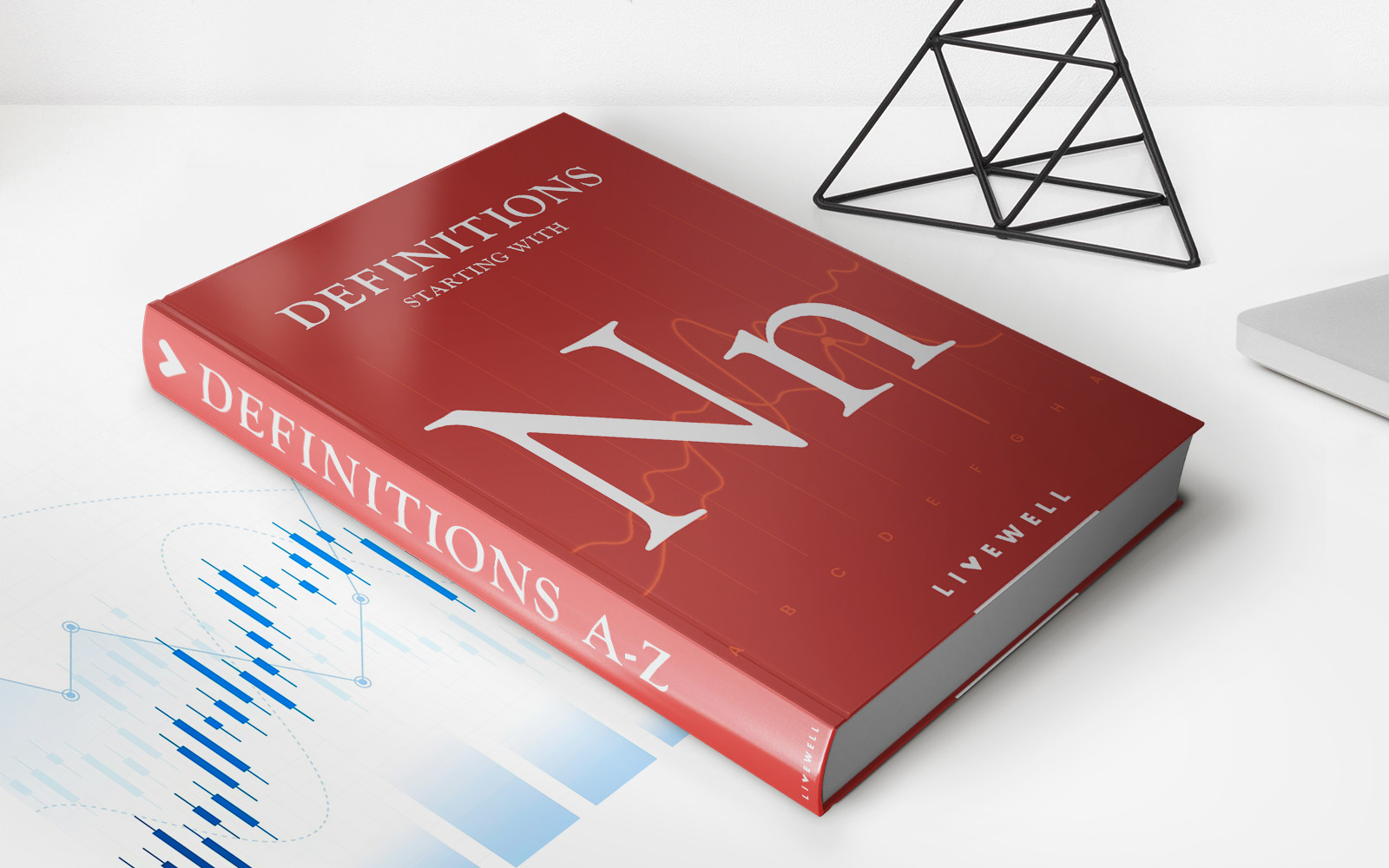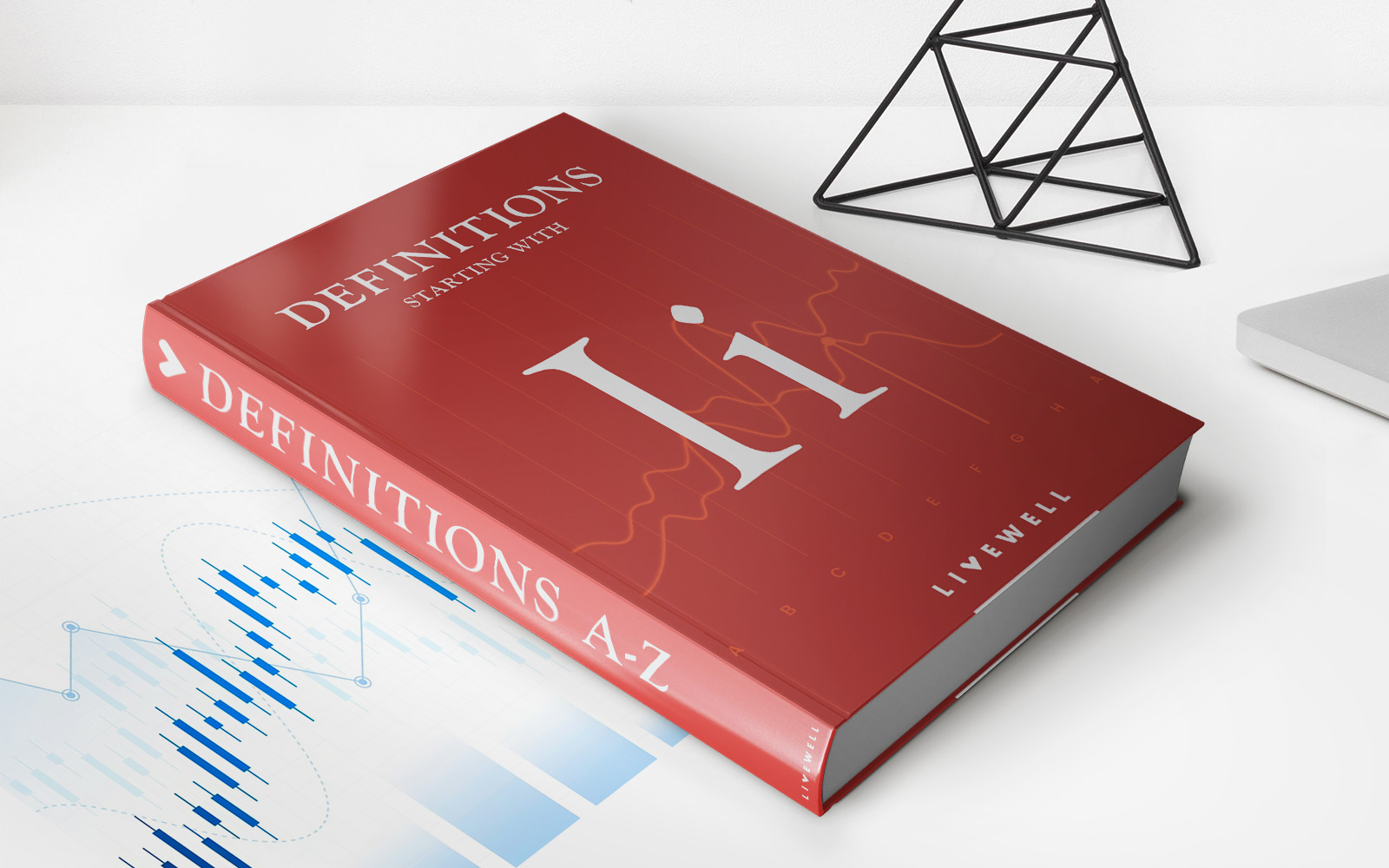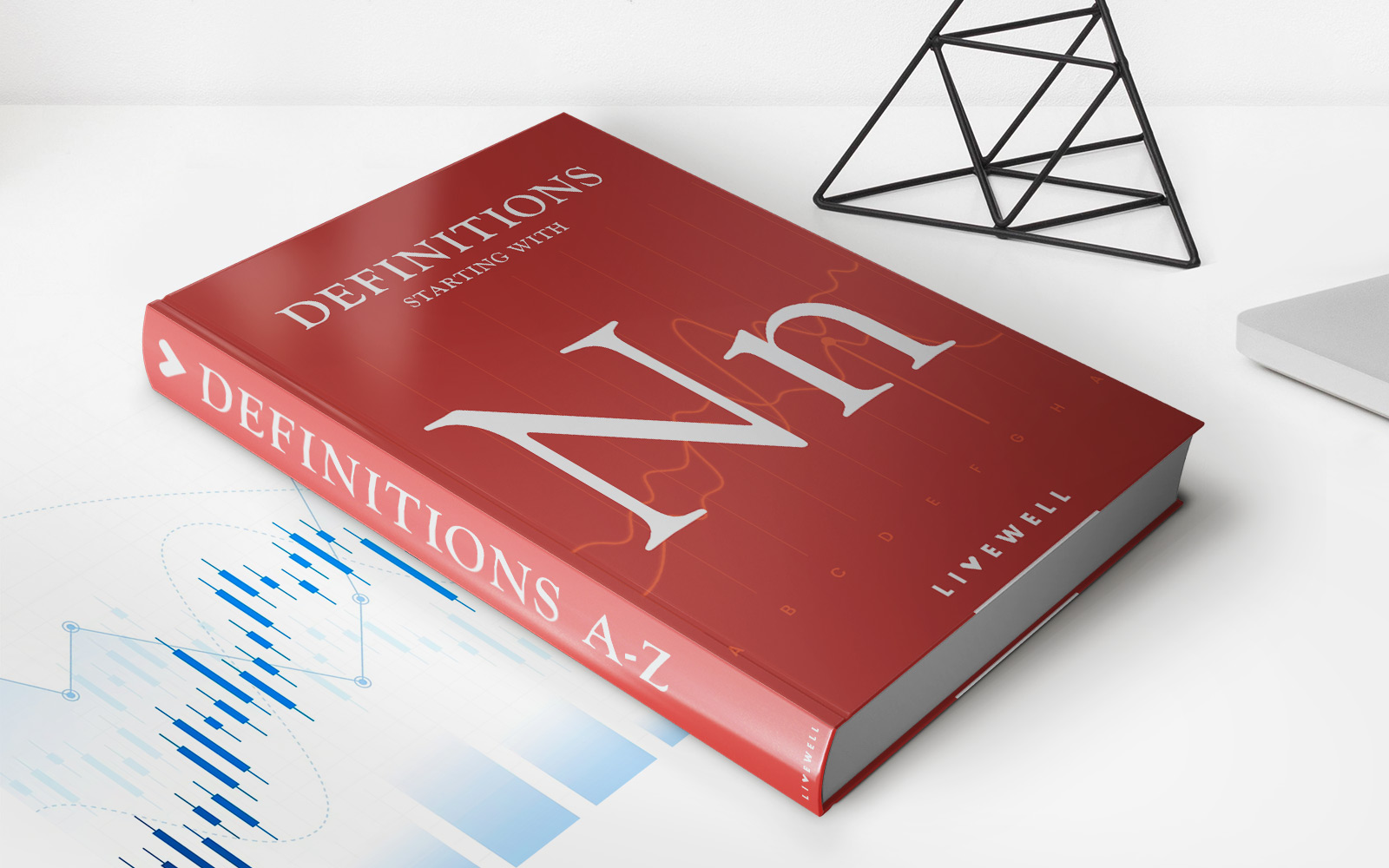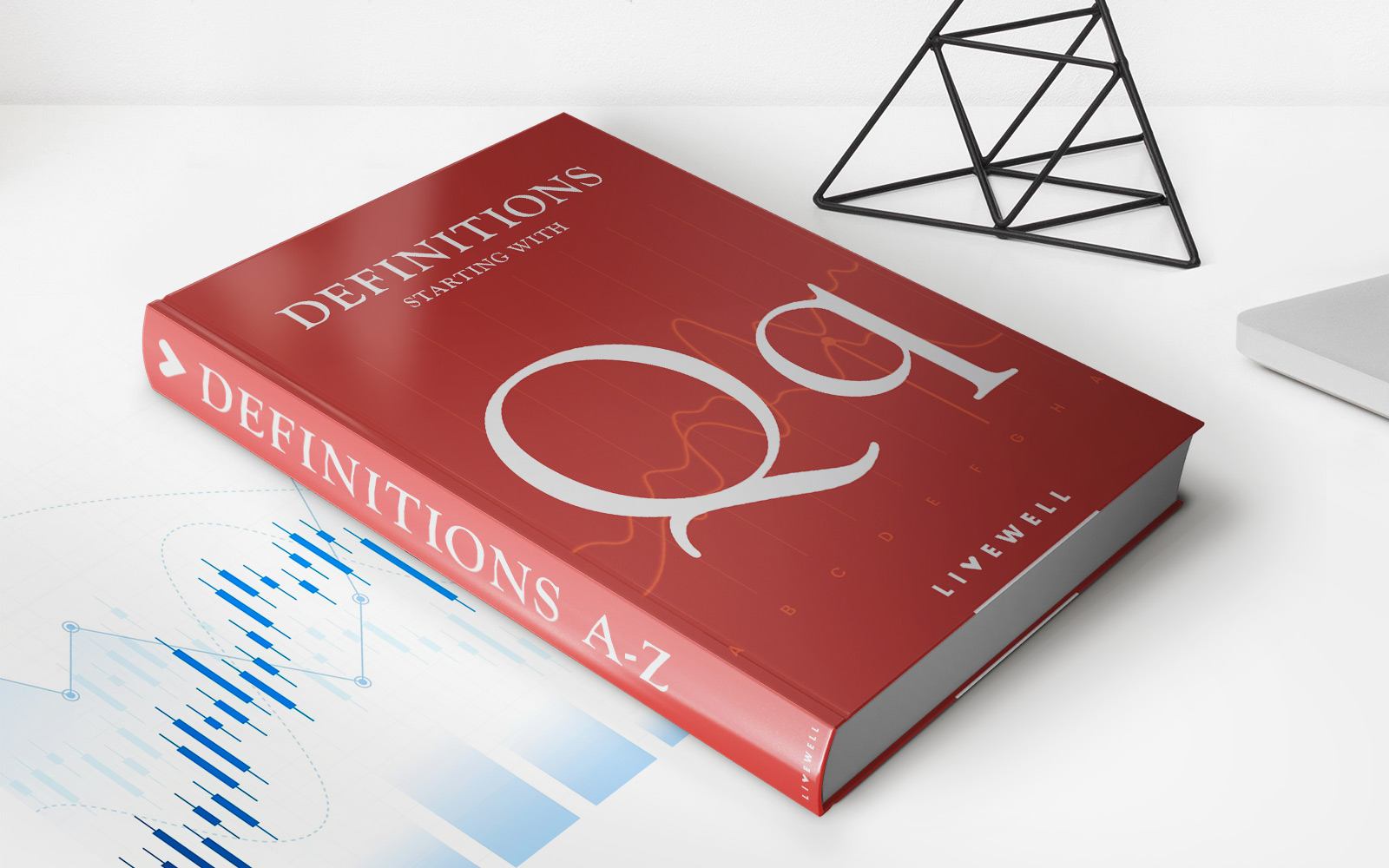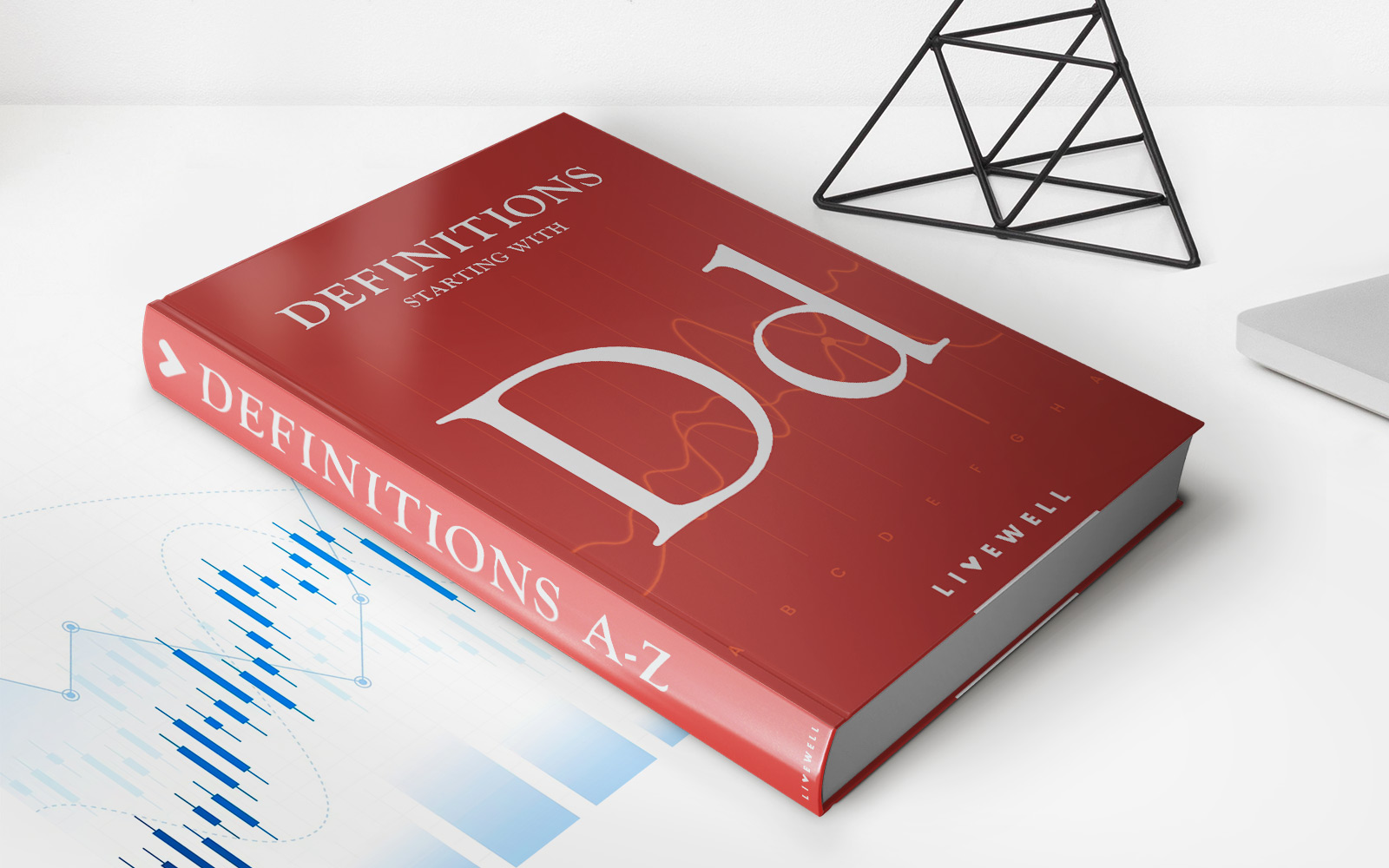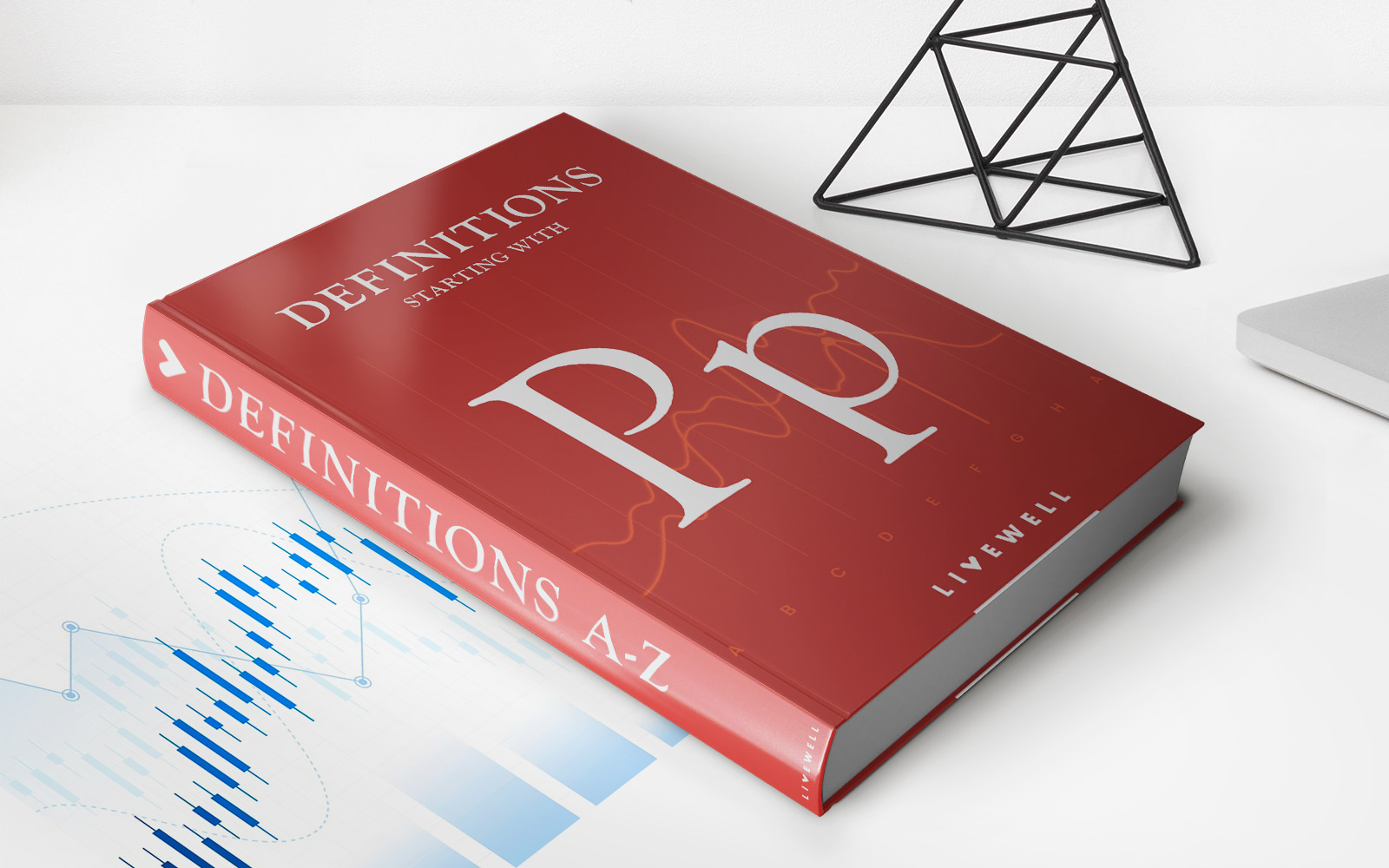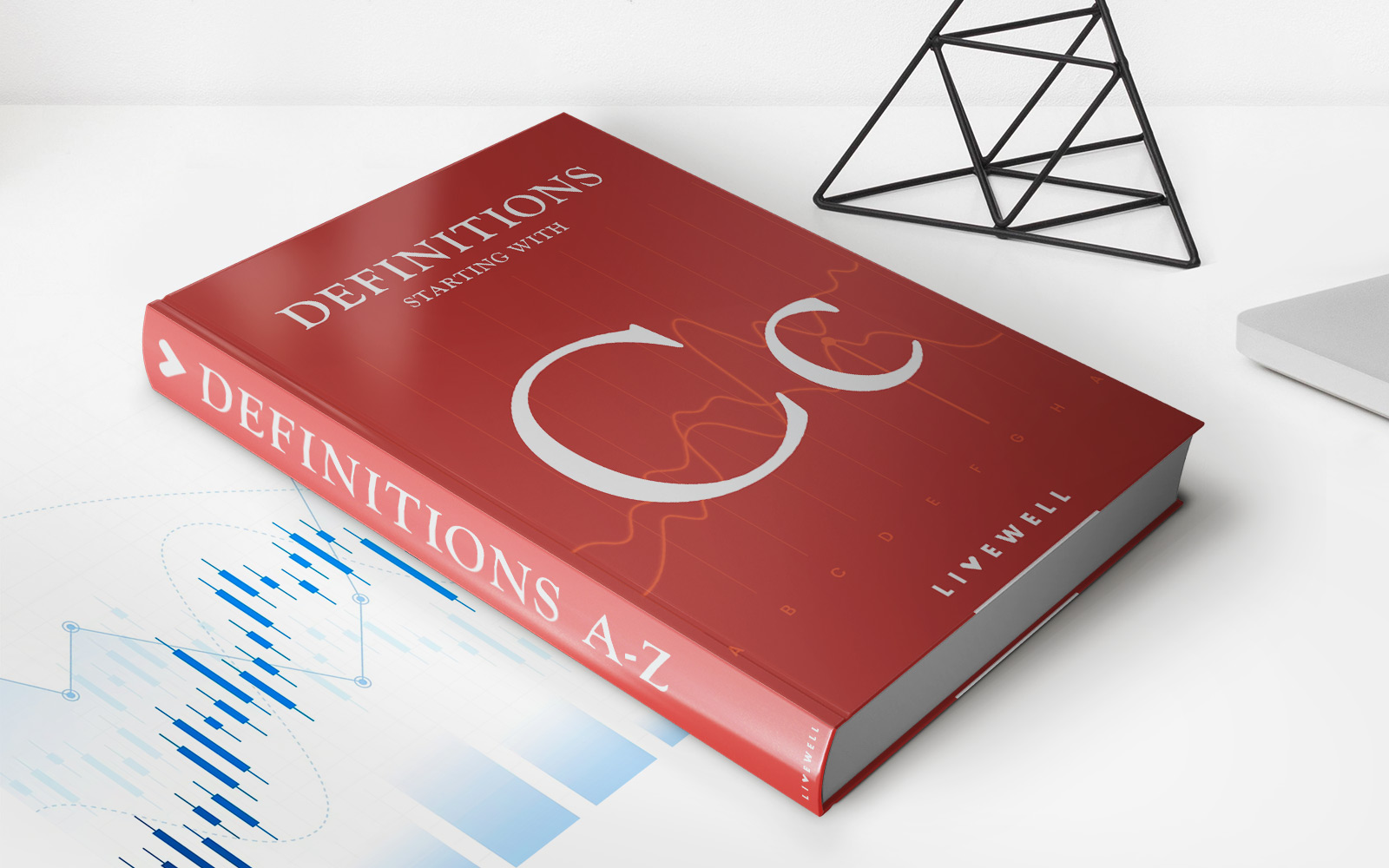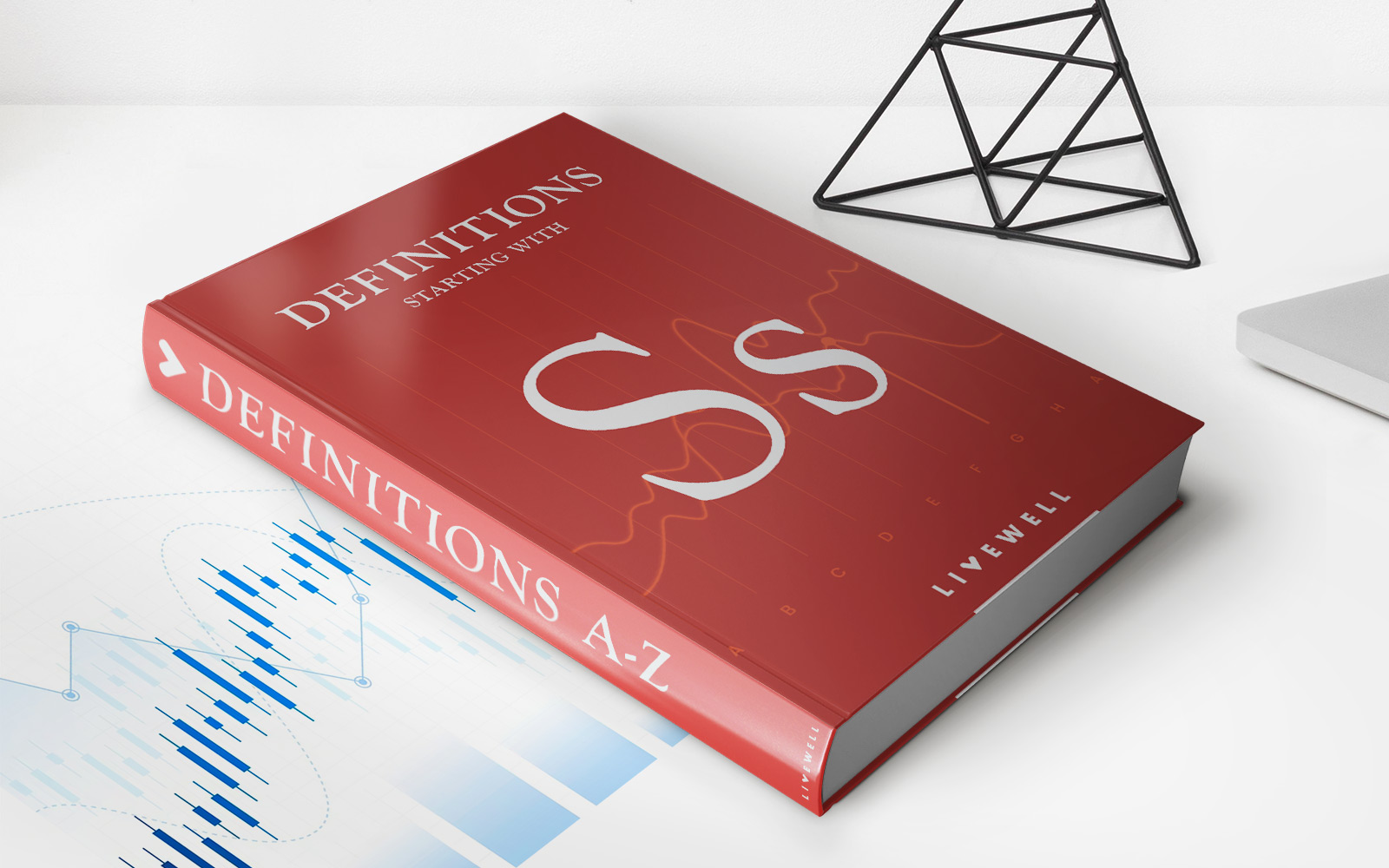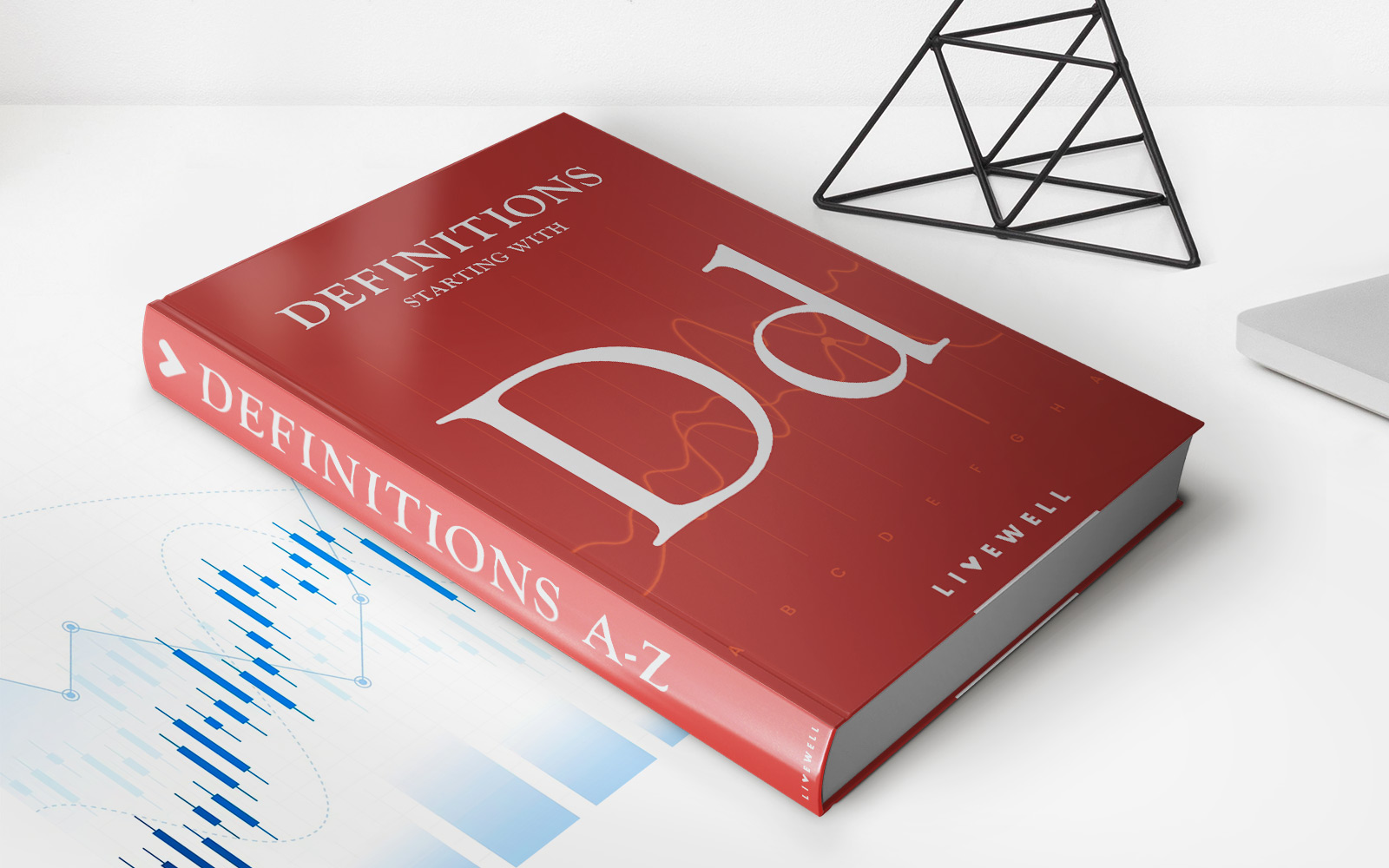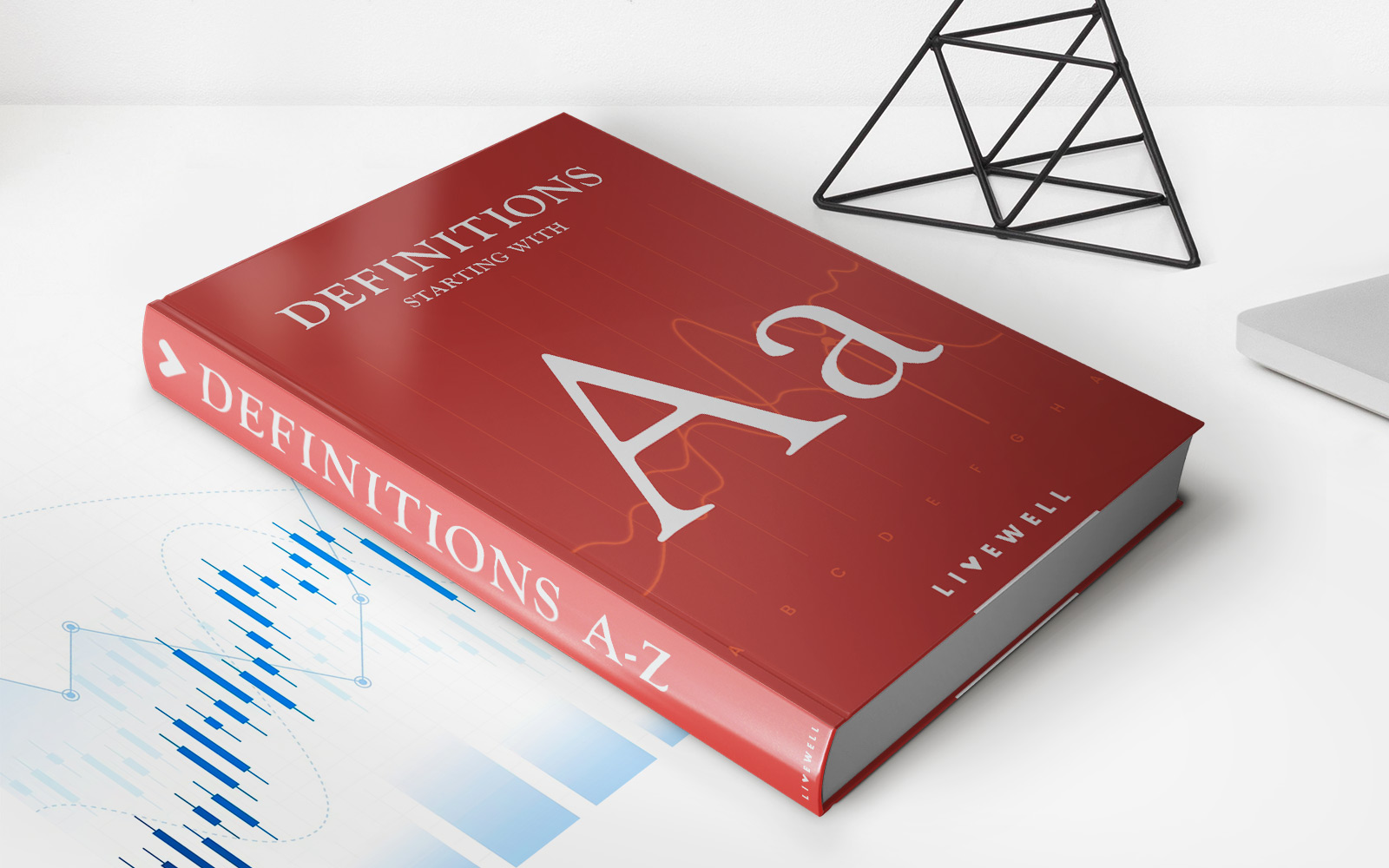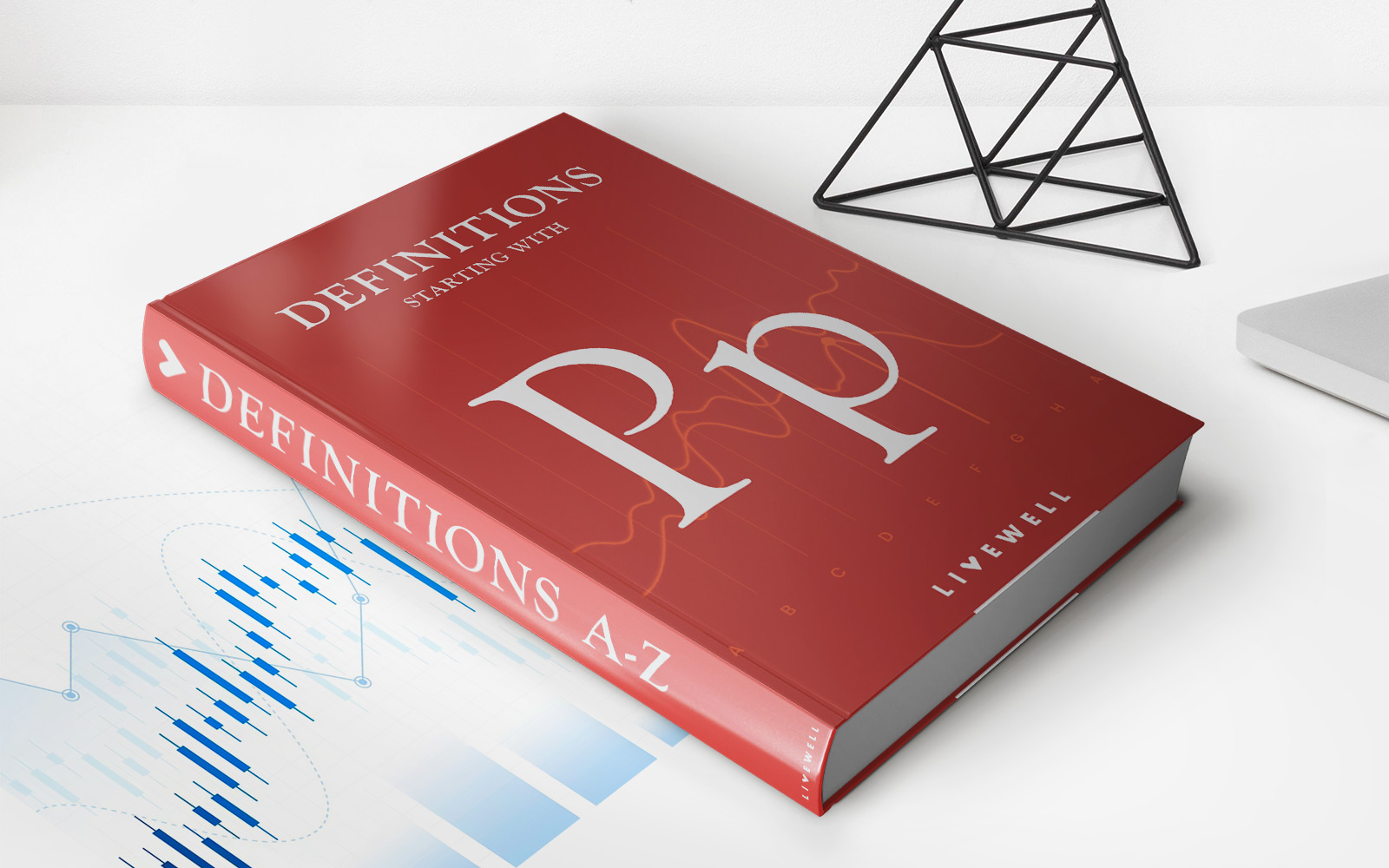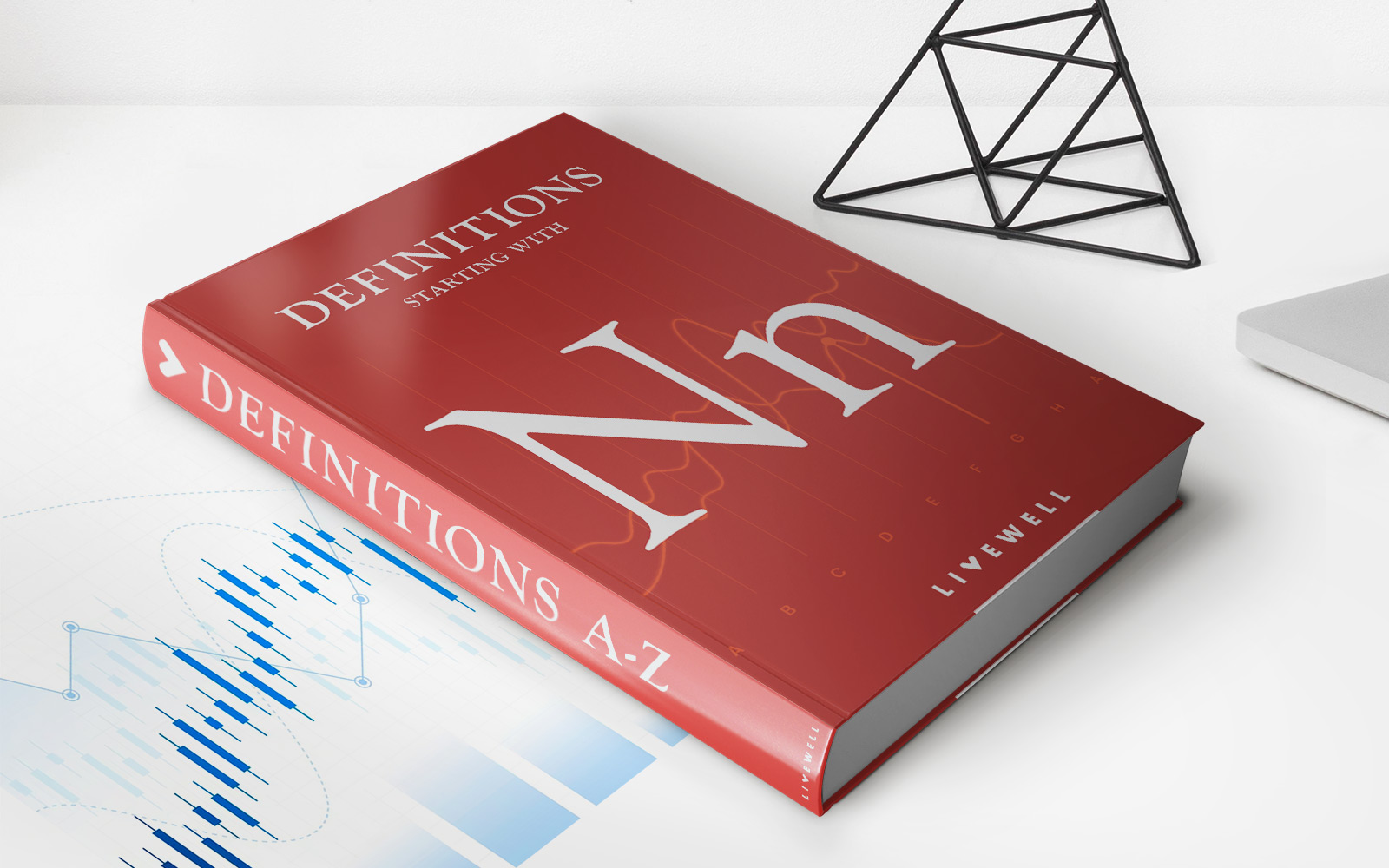

Finance
Normal Goods: Definition, Demand, And Examples
Published: January 1, 2024
Learn about the definition, demand, and examples of normal goods in finance to enhance your understanding of this fundamental economic concept.
(Many of the links in this article redirect to a specific reviewed product. Your purchase of these products through affiliate links helps to generate commission for LiveWell, at no extra cost. Learn more)
Understanding Normal Goods: Definition, Demand, and Examples
When it comes to managing finances, it’s essential to have a solid understanding of different types of goods and how they affect our purchasing habits. One such category is known as normal goods. In this article, we will explore what normal goods are, how demand for them is influenced, and provide some examples to help bring clarity to this concept.
Key Takeaways:
- Normal goods are products that experience an increase in demand as consumer income rises.
- These goods are considered necessities and often include everyday essentials such as food, clothing, and housing.
What are Normal Goods?
Normal goods are a type of product that experience an increase in demand as consumer income rises. They are often considered necessities as opposed to luxury items. This means that as people earn more money, they are more likely to spend it on these goods to meet their basic needs and improve their standard of living.
Understanding Demand for Normal Goods
The demand for normal goods is influenced by changes in consumer income. When individuals or households experience an increase in income, they tend to allocate a portion of that additional income towards purchasing more of these goods. This is because normal goods are typically essential for daily living, and the ability to afford more of them brings greater comfort and convenience.
On the other hand, when consumer income decreases, the demand for normal goods may decrease as well. People may have to cut back on certain expenses and prioritize their spending on essentials. This dynamic relationship between income and demand is what distinguishes normal goods from other forms of goods.
Examples of Normal Goods
Let’s take a look at some examples of normal goods that many individuals rely on:
- Food: Regardless of income level, everyone needs to eat. As income rises, people may choose to purchase higher quality or more expensive food products.
- Clothing: Clothing is a necessity for protection and modesty. With increased income, individuals may choose to invest in better quality clothing or follow fashion trends.
- Housing: Shelter is a fundamental need for everyone. As income increases, people may choose to upgrade their housing options, whether it be buying a larger house or renting a better apartment.
- Transportation: Whether it’s owning a car or using public transportation, transportation is an essential need that can be affected by income levels.
- Education: Investing in education, whether it’s school tuition or professional development courses, is often considered a necessity to improve one’s career prospects. Higher income may enable individuals to afford better educational opportunities.
It’s important to note that while these goods are considered normal goods for most individuals, the categorization may differ based on personal circumstances and cultural factors.
Understanding normal goods and their relationship with consumer income is crucial for effective financial planning and budgeting. By recognizing which goods fall into this category, individuals can make informed spending decisions and allocate their resources wisely.
Next time you evaluate your personal finances, remember the significance of normal goods and their impact on your overall purchasing habits.
References:
